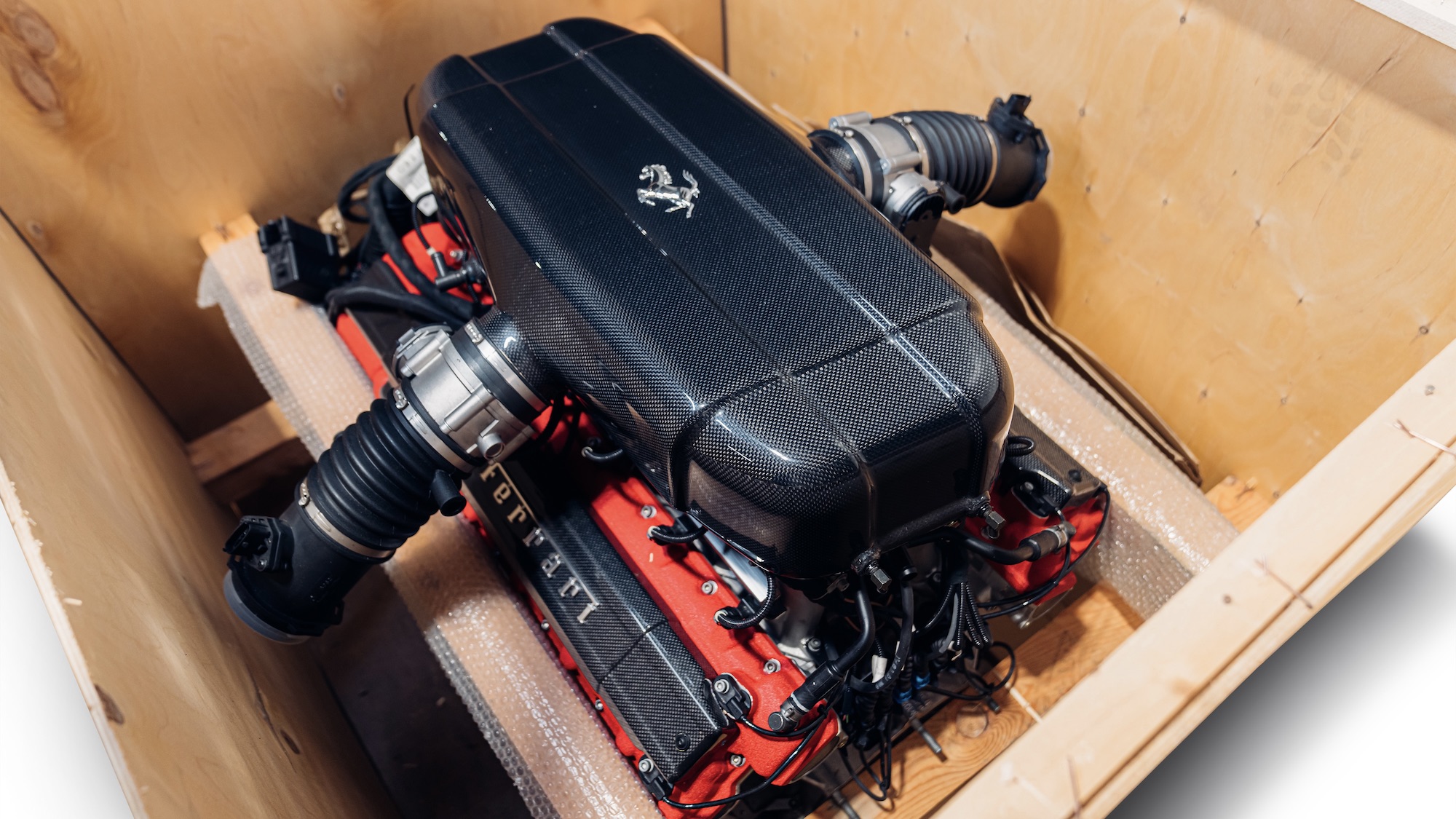
Engine crates facilitate the division of the codebase into more manageable, smaller pieces, each in charge of particular game engine features or components. Code organization is improved by this modular approach, which also makes it simpler to read, maintain, and expand.
Developers can reuse particular engine functionalities within or across projects by encapsulating them into crates. As a result, there is less duplicate code, and the development process runs more smoothly. Developers can modify and adapt some game engine components using engine crates to suit the needs of their projects. This degree of adaptability lets developers craft distinctive and niche gaming experiences.
In particular, whether you’re talking about crates that hold engines for machines or cars, there are a few essential actions to maximize potential with engine crates. You can maximize them by following this guide:
Choose the right crate
For the engine to be secure and protected throughout installation, shipping, and storage, selecting the appropriate crate is essential. The size of the crate should be such that it fits the engine’s measurements precisely and moves very little. Make sure that there is sufficient room for all of the engine’s accessories and parts.
Choose containers composed of sturdy materials like reinforced plastic, metal, or wood. During handling and transit, the construction must be strong enough to support the engine’s weight as well as any exterior impacts.
Verify whether the box satisfies any industry or legal requirements for handling or transporting hazardous chemicals or large gear. Compliance and peace of mind can be guaranteed by certifications like ISPM 15 for international wood packaging or ASTM standards for crate design.
Inspect upon delivery
Making sure the engine has been delivered safely and undamaged during transit requires carefully inspecting the engine crate upon delivery. Look for any obvious damage, such as dents, punctures, or tears, on the crate’s outside first. Any signs of improper handling during transit should be looked for.
Look for signs of tampering or damage on the seals, straps, or fasteners holding the carton in place. Perhaps there are problems with loose fasteners or broken seals.
Verify that every item on the invoice or packing list is there and properly accounted for. Look for any accessories or parts that the engine should come with that need to be included.
You may sign to accept the delivery if everything seems to be in order. But be sure to include on the delivery receipt any remarks or exclusions about the state of the engine or crate.
Read the manufacturer’s instructions
To learn how to handle, store, and install the engine correctly, you must read the manufacturer’s instructions. Usually, an instruction booklet or handbook is included with the engine crate and contains instructions from the manufacturer. You can get this handbook in print or digital format.
First, go over any safety instructions included in the handbook. That contains details on how to use lifting equipment, handle bulky components, and put on the proper personal protective equipment (PPE).
Step-by-step instructions for correctly installing the engine will be included in the handbook. That contains details on component mounting, alignment, placement, and joining. To prevent installation errors, pay strict attention to these instructions.
Proper storage
Engine crates must be stored properly. Decide on a dry, clean, well-ventilated storage space that is free of environmental dangers. Steer clear of places that are likely to get wet, very hot or cold, strong chemicals, or bright sunshine.
Due to its ability to induce rust and corrosion, moisture poses one of the largest risks to engines that are kept. A dry place free of leaks, humidity, and standing water is where you should keep the engine crate. To maintain low humidity levels, think about utilizing moisture-absorbing equipment like dehumidifiers or packets of silica gel material.
Raising the container above the ground using pallets or shelves will shield the engine from any pests and moisture from the ground. Additionally, this facilitates checking and opening the crate as needed.
Regular maintenance
The lifespan, dependability, and continuous efficacy of engine crates in safeguarding and conveying engines are contingent upon their regular maintenance. Check for wear, damage, or weakness on a regular basis in the crate.
For metal crates, protect against corrosion by coating or treating them with rust-resistant materials. Reducing moisture buildup might hasten the production of rust in the box by keeping it dry and well-ventilated.
Look for evidence of degradation or wear on the crate’s weather-stripping, gaskets, and seals. For the engine to remain enclosed securely and tightly, shielding it from the weather, replace any worn-out or damaged seals.
